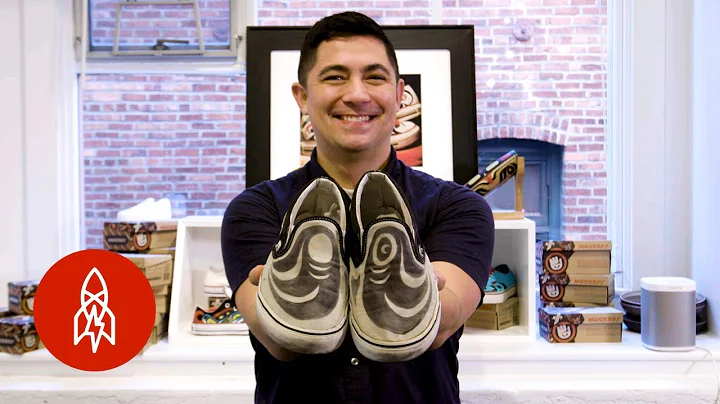Is Native American art valuable?
Typically, authentic, high-quality Indian arts and crafts are prized and can be expensive.
- A carved stone effigy dating from 1000 BC to 400 BC sold for about $2,200 in 2020. ...
- A six-inch-long authenticated Clovis stone point sold for about $1,750 in mid-2020.
- A butterfly banner dating to 4800 BC and fully authenticated sold for about $1,200.
All products must be marketed truthfully regarding the Indian heritage and tribal affiliation of the producers, so as not to mislead the consumer. It is illegal to market an art or craft item using the name of a tribe if a member, or certified Indian artisan, of that tribe did not actually create the art or craft item.
But this tightening of laws has made collecting Native American artifacts more complex and dangerous. Obvious ethical considerations aside, unless you have permission, stealing & selling artifacts from a Native American site can put you in jail. When sold legally, Native American artifacts can fetch high prices.
Authentic Native American art can be expensive and this expense is a sign that you are not purchasing imitation manufactured wares. At Shumakolowa Native Arts, we guarantee that your purchase is an original and authentic work handcrafted by Native American artists as defined by the Indian Arts and Crafts Act of 1990.
Because the earliest law applying to artifacts, the Antiquities Act, was passed in 1906, even an artifact that has circulated in the market for a long time can be unlawful to sell, trade, or even donate to a museum if it can be proved that it was removed illegally after 1906.
Leave the artifact where you found it. Please don't pick it up, move it, throw it, put it in your pocket or your bag, or bury it. Note where you are. Snap a picture of the artifact where you found it.
When you are ready to sell an Aboriginal painting, sculpture, artifact, shield or boomerang, Sotheby's can help you realise the highest price. To start your free estimate, simply submit images and information of your art through our easy-to-use online form.
(c) Any person who removes, without authority of law, any Native American artifacts or human remains from a Native American grave or cairn with an intent to sell or dissect or with malice or wantonness is guilty of a felony which is punishable by imprisonment in the state prison.
- Choose your business model.
- Decide what to sell: original art vs. reproductions.
- Photograph and scan your work.
- Find a printer to print your art.
- Build your brand as an artist.
- Set retail prices for your products.
- Build an ecommerce store to sell your art online.
- Discover more channels for selling art.
How do you get Native American artifacts appraised?
- American Society of Appraisers: Website | Toll free: 800.272.8258.
- Appraisers Association of America: Website | Phone: 212.889.5404.
- International Society of Appraisers: Website | Toll free: 888.472.5461.
While arrowheads made from flint, obsidian or grey stone are worth the least, those made of gemstones like jasper or quartz will be worth much more.

American Indian culture emphasizes harmony with nature, endurance of suffering, respect and non- interference toward others, a strong belief that man is inherently good and should be respected for his decisions. Such values make individuals and families in difficulty very reluctant to seek help.
- Most famous artifact: The Funerary Mask Of King Tutankhamun.
- Most valuable ancient Egyptian artifact: The Rosetta Stone.
- Most valuable religious artifact: The Dead Sea Scrolls.
- Largest artifact: The Terracotta Army.
- Most mysterious artifact: The London Hammer.
